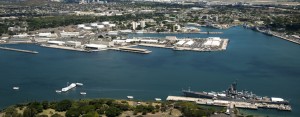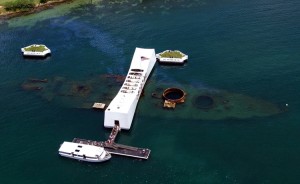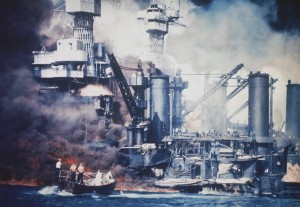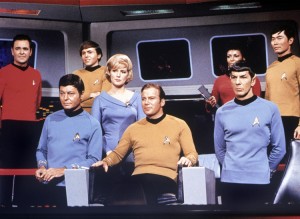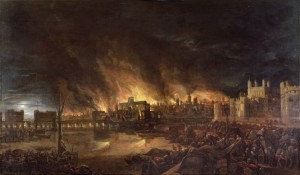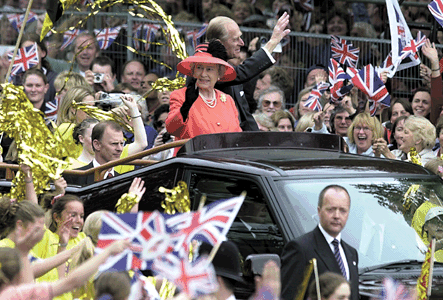Frank Lloyd Wright 150
Thursday, June 8th, 2017June 8, 2017
Today, June 8, marks the 150th birthday of United States architect Frank Lloyd Wright. One of the world’s most influential and imaginative architects, Wright’s long career spanned almost 70 years. His great creative works ranged from buildings typical of the late 1800′s to ultramodern designs. Wright was born on June 8, 1867. He died on April 9, 1959.
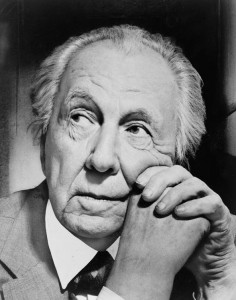
American architect Frank Lloyd Wright was born 150 years ago on June 8, 1867. Credit: Library of Congress
To mark the anniversary of Wright’s birth, the Frank Lloyd Wright Trust is hosting a variety of special programs in and around Chicago, Wright’s longtime home and the site of many of his creations. In Washington, D.C., the National Building Museum will celebrate Frank Lloyd Wright Day on June 10. In New York City, the Museum of Modern Art is hosting “Wright at 150: Unpacking the Archives,” a four-month exhibition of drawings, films, letters, models, photographs, and other objects from Wright’s life and career.
Wright was born in Richland Center, Wisconsin. He studied engineering briefly at the University of Wisconsin in the mid-1880′s. In 1887, Wright moved to Chicago, where he became a draftsman for Joseph Lyman Silsbee, a noted Midwestern architect. Wright designed his first building while working for Silsbee.
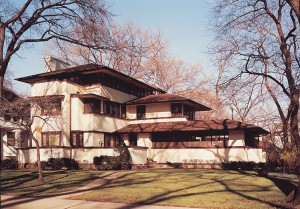
The prairie style created by Frank Lloyd Wright revolutionized American domestic architecture. The houses he designed in the prairie style emphasized horizontal lines and natural materials that harmonized with the landscape. Wright designed this prairie house in 1902 in Oak Park, Illinois. Credit: Hedrich-Blessing
Wright’s first distinctive buildings were homes designed in his famous prairie style. In a typical prairie house, spaces inside the home expand into the outdoors through porches and terraces. Because of their low, horizontal form, the homes seem to grow out of the ground. This effect was emphasized by Wright’s use of wood and other materials as they appear in nature.
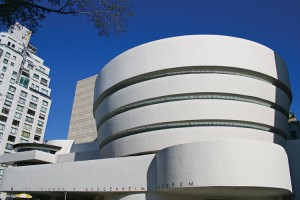
The Guggenheim Museum in New York City displays works of art in an unusual circular building designed by Frank Lloyd Wright. Credit: © Shutterstock
Wright’s buildings as well as books featuring his drawings and plans strongly influenced the development of architecture throughout the United States and Europe. Wright’s most famous creations include the Kaufmann “Fallingwater” house at Bear Run near Uniontown, Pennsylvania; the Johnson Wax Company building in Racine, Wisconsin; the Guggenheim Museum in New York City; and the Marin County Civic Center in San Rafael, California.

